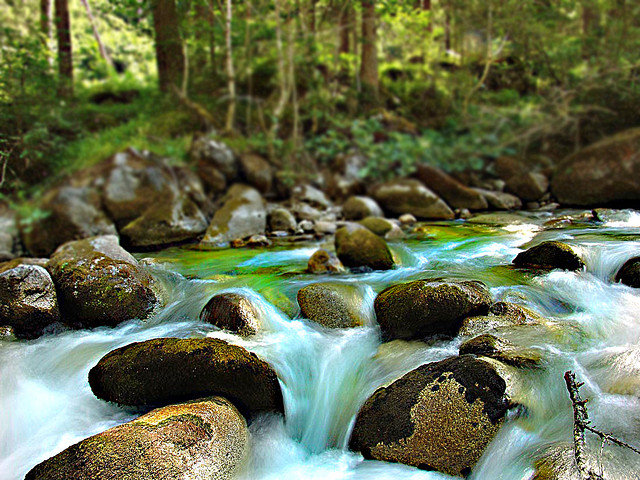Water is essential for life. But for years some parts of the world have taken their water supply for granted. And it’s easy to understand why. Crystal clear drinking water flows in abundance from the taps in our homes, schools, and workplaces. Many of us don’t give a second’s thought to the challenges that lie behind getting clean water to our taps or indeed how much of this finite resource we consume on a daily basis.
But for most of the world, clean drinking water is a precious commodity. Although water covers about 70% of the Earth’s surface, we must rely on annual precipitation for our actual water supply. About two-thirds of annual precipitation evaporates into the atmosphere, and another 20-25% flows into waterways and is not fit for human use. This leaves only 10% of all rainfall available for personal, agricultural and industrial use.
Moreover, precipitation is not evenly distributed: 1.2 billion people are living in areas of water scarcity. What’s more, pollution has made much of that water undrinkable and unsafe for use. Meeting the world’s increasing water needs has fast become one of the biggest challenges facing society.
But there is reason for optimism: in the past, a short- age of vital resources has driven the need to innovate, discover new materials and generate new technologies. The water challenge is no exception, and companies across the globe are seeking to find solutions to tackle the problem.
The RobecoSAM study ‘Water: the market of the future’ examines the key megatrends that are shaping the water market, and explores the investment opportunities that are arising from these trends:
- Population growth
- Aging infrastructure
- Water quality improvements are necessary in many places
- Climate change is altering the availability of water resources
Such trends generate risks and opportunities for companies and investors alike. Market opportunities related to the water sector are expected to reach USD 1 trillion by 2025. Companies that are early to respond and take steps to exploit the market opportunities associated with these water-related challenges are more likely to gain a competitive advantage and achieve commercial success.




